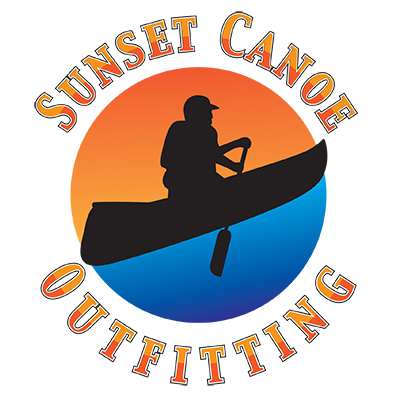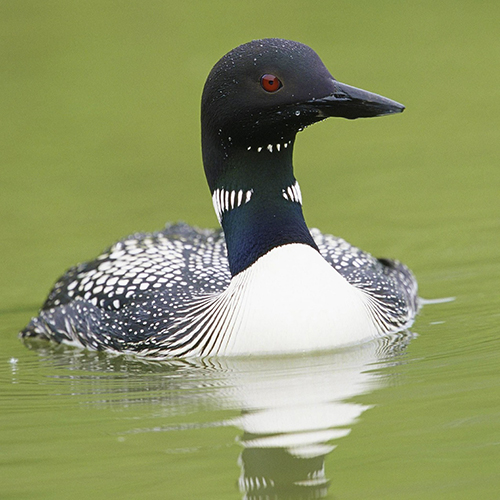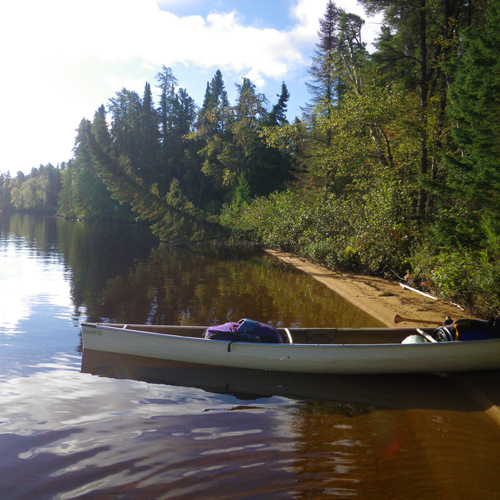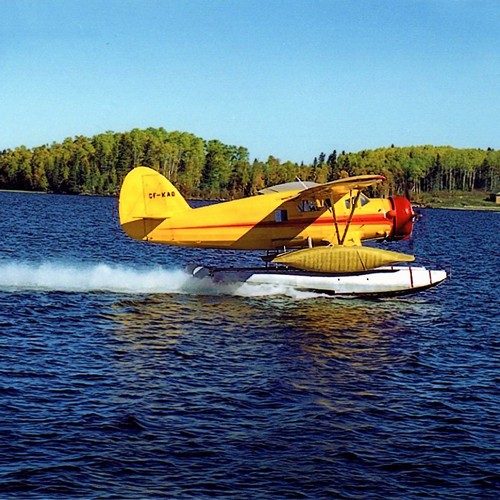Route Planning
You can plan your route around several different factors.
Ask yourself what is it that you want?
We've got it all. Solitude, distance, sights and history.
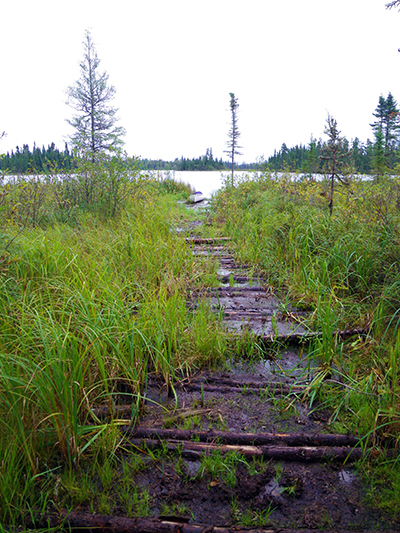 Solitude
Solitude
Fly out to the remote edges of the park and paddle back to the park entrance for a secluded and undisturbed paddling experience. The WCPP is considered a "wilderness" class park with fewer than 1000 visitors per season.
Distance
Paddle anywhere from 8- 20 miles a day. Remember you will be stopping for shore lunches. Are you taking pictures and sneaking around a corner to see a caribou? You might cover 8 miles a day. Or are you trying to see as much as you can at a vigorous pace? Then maybe 20+ miles a day.
Sights & History
First Nation pictographs (rock paintings) are located all over the park and a wonder to behold. Dating back to the pre-European times these sights are highly valued first nations history and are treated accordingly. Both the Gammon and Bloodvein river systems flow through the park. The Bloodvein is full of native history and designated as a Canadian heritage river.
Pick Your Point of Entry
There are 5 road entry points to the park: Leano, Oni, Johnson, Lund, and Upper Chukuni. Ground shuttles are available to these entrances as well as Air shuttles to the lake of your choice.
Packing Tips
You need to be prepared for anything when living in the wilderness. However, you also have to carry everything you bring. To help you be prepared we have several useful tips to help you pack.
Bring three complete sets of clothing, besides what you were to travel in.
Wear the first set on day one and pack the remaining two sets in your dry bag. Check the weather in Ear Falls before packing.
Every guest will receive a 40L dry bag for their clothes and sleeping bag. Heavy duty trash bags and zip lock bags also work well to separate and further organize items in the dry bag if you wish to bring those along.
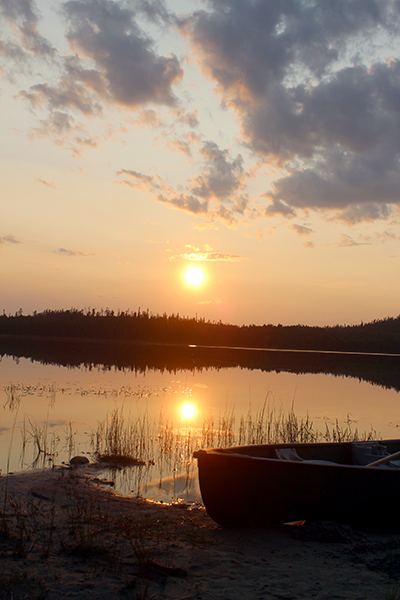 List of Personal Items
List of Personal Items
- Broad brim hat
- 3 pair pants (zip-off type of pants work well; jeans stay wet and are not advised)
- 2 long-sleeve shirts (cotton in summer, wool in spring & fall)
- 1 short-sleeve shirt
- 2 sets underwear
- 2 pair heavy boot socks (spring & fall)
- 2 pair light socks
- Sweater or flannel shirt
- Fleece jacket or windbreaker
- Rain gear, including hat (completely waterproof!)
- Footwear: waterproof hiking boots, ankle support shoes, tennis shoes or sturdy sandals with straps. We suggest 2 types of footwear as feet may get wet in canoe (hikers and sandals are popular).
Miscellaneous Items
- Handkerchief
- Sunglasses
- Personal toilet articles
- Wash cloth and small towel
- Swimsuit
- Sunscreen
- Compass
- Matches and waterproof case
- Flint stone
- Bic-type lighter
- Knife (Swiss Army type or multi-tool work well.)
- Small flashlight and spare batteries
- Headlight
- First Aid kit – medication (we will supply a trauma kit)
- Insect Repellent...good idea to bring more than one repellent, as what works on one person may not work as well on another. Recommend having DEET in one of the repellents.
- Bug hat or bug jacket
- After Bite or calamine lotion
- Pillow
- Nalgene or water bottle
- Rod and reel and tackle, if you will fish
- PFD/life jacket (some people like their personal PFD from home)
This list is only a suggestion and the final decision is up to you.


